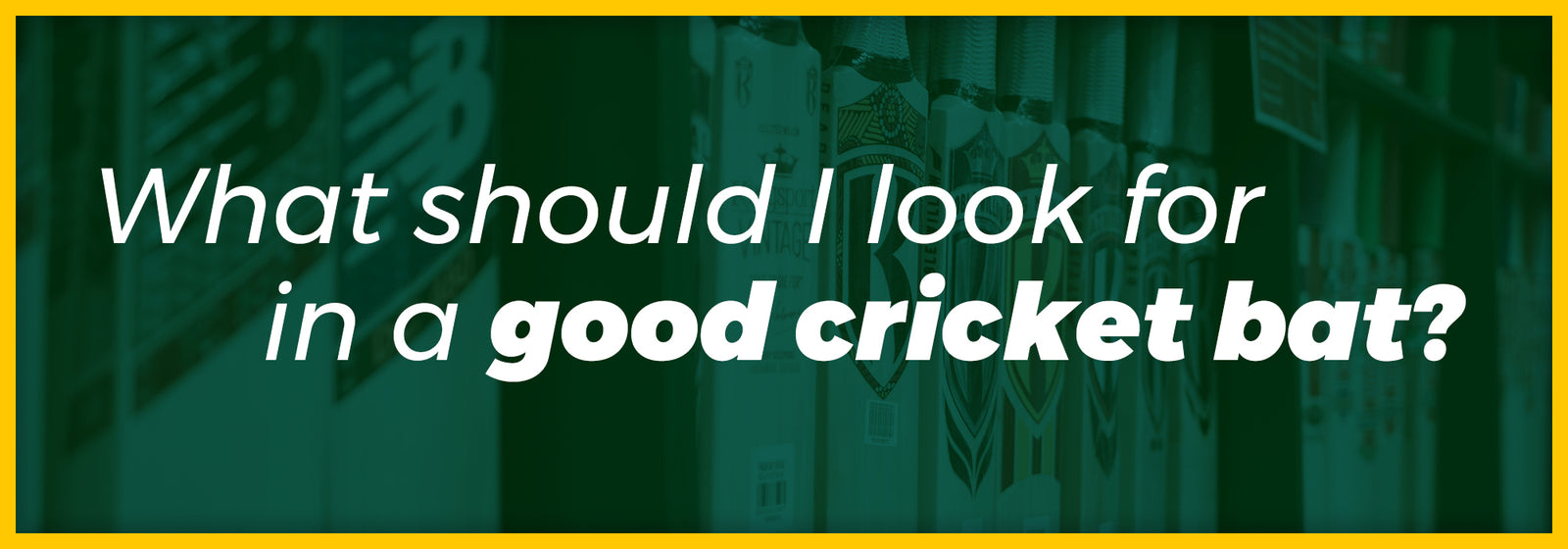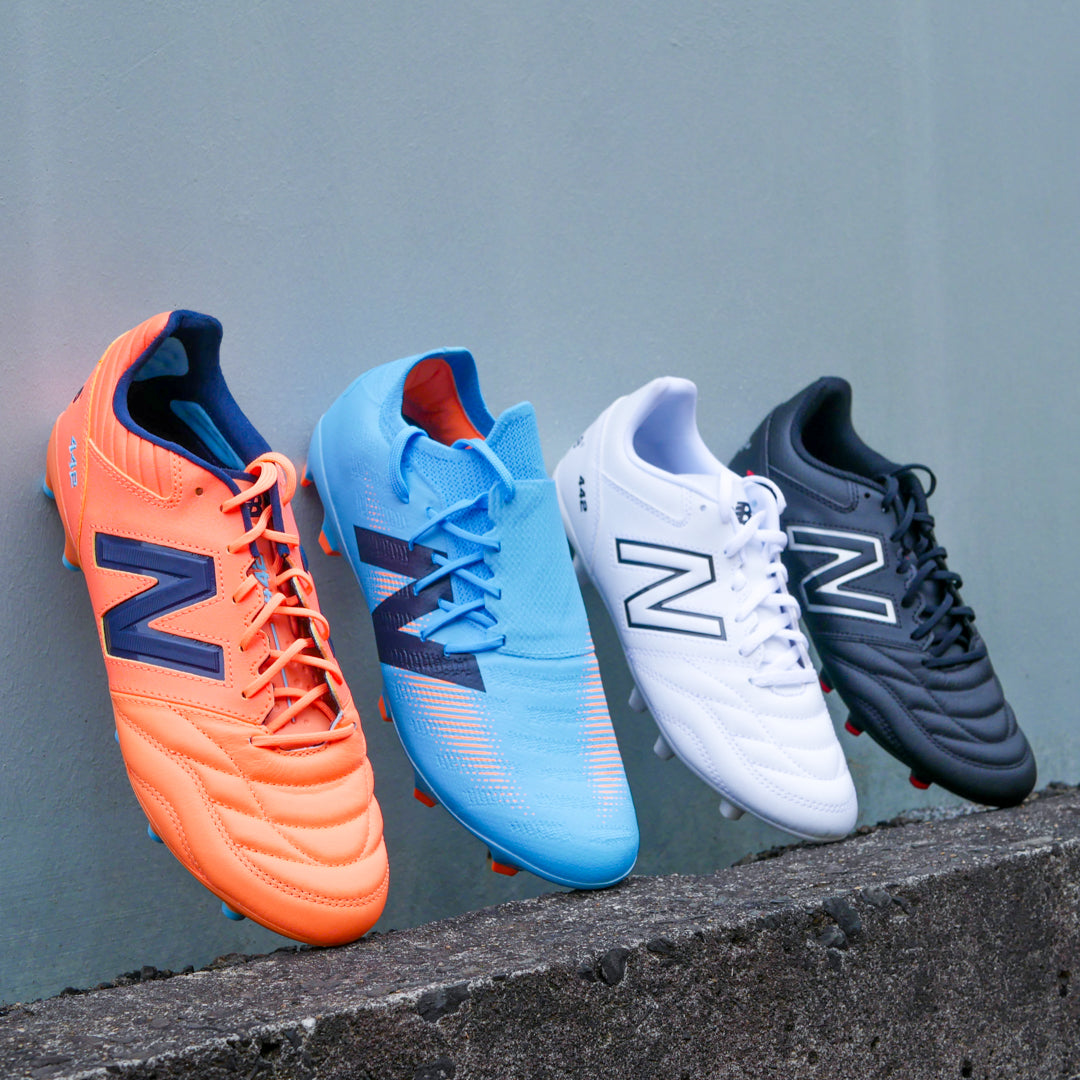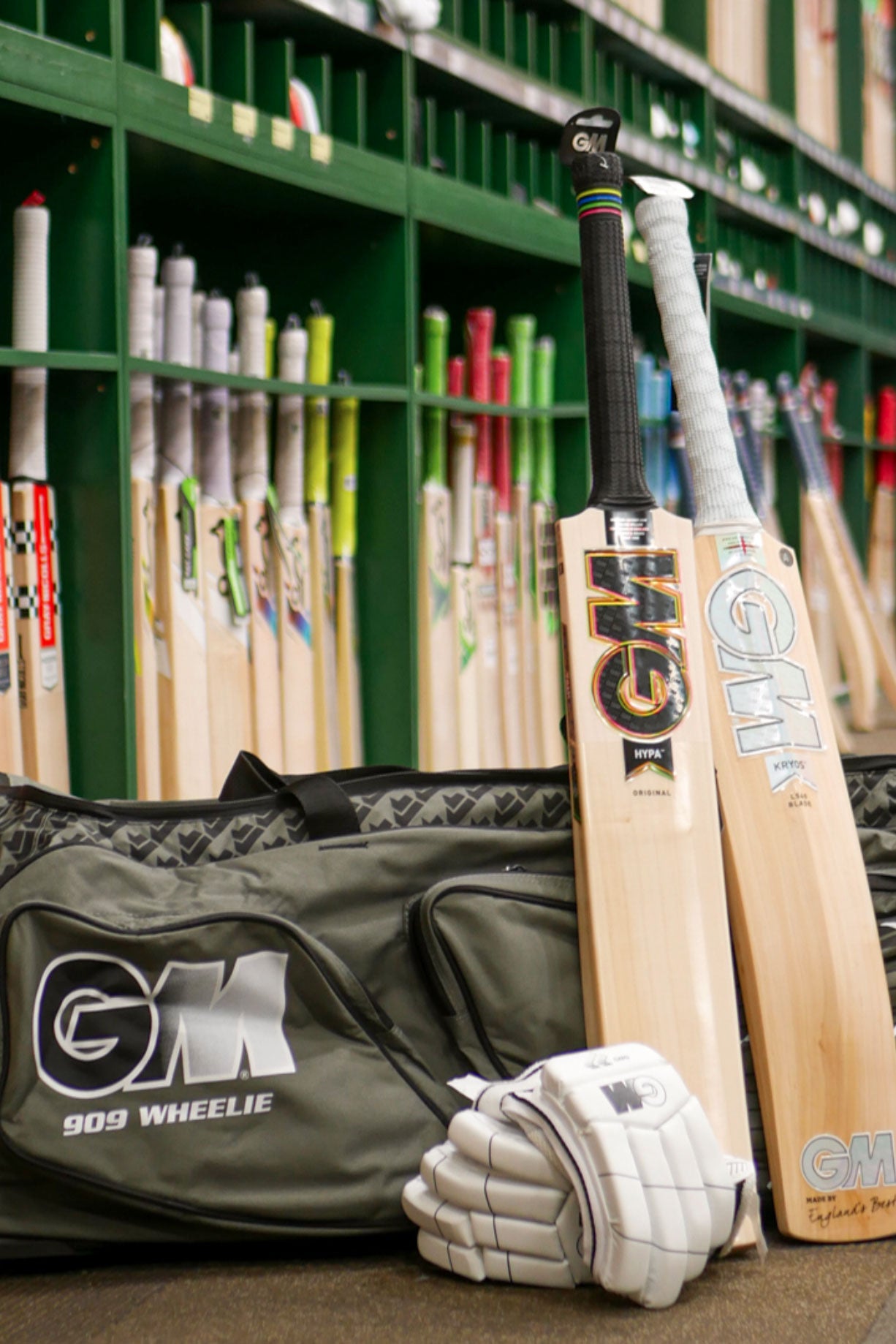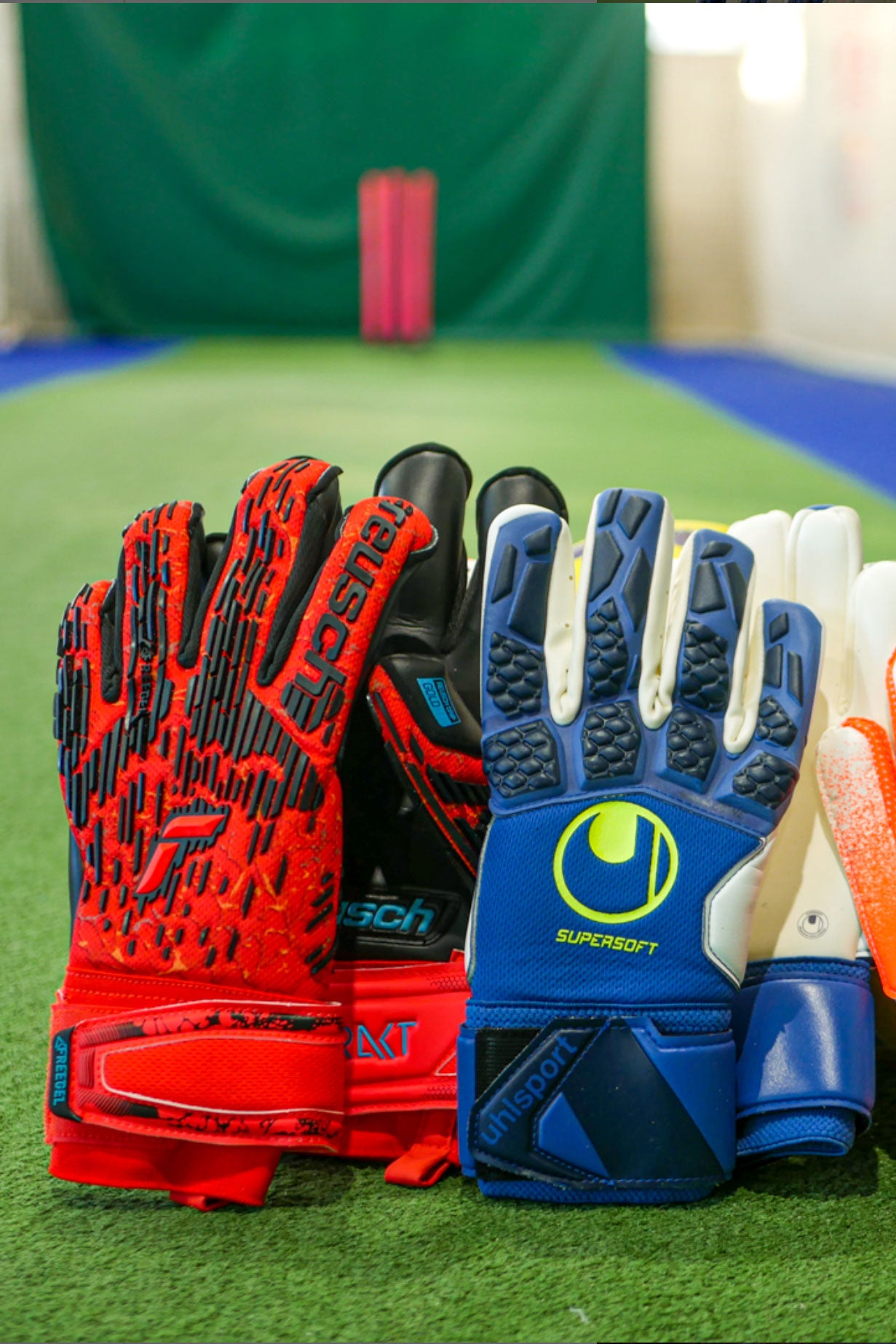Free knocking-in on all cricket bats
BUY NOW, PAY LATER WITH AFTERPAY
Free knocking-in on all cricket bats
BUY NOW, PAY LATER WITH AFTERPAY
Soccer
brands

What Should I Look For in a Good Cricket Bat?
November 05, 2019 4 min read
Selecting the right cricket bat can be a daunting task, especially if you don't know exactly what you're looking for. On a recent episode of our Kingsgrove Sports Centre Podcast, founder Harry Solomons spoke about what he looks for when helping someone choose a cricket bat.
Based on Harry's expertise, we've put together these helpful suggestions to dispel common myths, reveal important truths, and most importantly — give you confidence when choosing your cricket bat.
Ping
Ping describes the rebound after impact on the face of a cricket bat. A bat with good ping will offer greater control and power when hitting a cricket ball. We determine the qualities of a bat's ping with a cricket bat mallet. When striking the face of a bat with a mallet, an experienced cricketer can feel the bat's quality in the rebound of the mallet, and he can hear the quality of the timber in the sound that the willow makes when struck.
A common myth is that higher grade willow bats always ping better.
The truth is: Bats with exceptionally good ping can be found across all grades of willow.
Pickup
Pickup describes how a cricket bat feels in a player's hands when he picks it up. It's a combination of the bat's weight, shape, and balance. How a bat picks up is more important than how much it weighs; a well-balanced bat with good pickup can be heavy but still feel light when it's picked up. This is by far the most important factor to consider when choosing your bat, and it should really be a no-brainer — a cricket bat is worthless to a player who can't wield it effectively.
A common myth is that lighter bats are always the best choice.
The truth is: Bats need a fair bit of weight to provide good impact against the ball. You may lose power with a bat that's too light. Pickup is far more important than dead weight.
Price
Price — how much the bat costs. Good pickup and ping can be found in bats of all grades and shapes, so the last important factor is your budget! There's no reason to empty your wallet for a high-end cricket bat if it's not realistically within your budget. If the bat you're considering has good pickup, good ping, and you can afford it, then it's the perfect bat for you.
A common myth is that more expensive bats will always perform better.
The truth is: You can get excellent performance out of bats at all price ranges.
What things are not as important?
Here are a few other things that people commonly look for in a cricket bat — but they aren't nearly as important as ping, pickup, and price.
Grains
Grain count is probably the number one most overrated feature when choosing a cricket bat. The number of grains in a cricket bat face indicate the age of the willow tree it was made from. Especially in the past, the highest grade willow came from older trees, and so it became a rule of thumb that more grains equals a better bat. These days, the growth and production cycle of modern cricket bats means that more bats are coming from younger trees, which means more bats will have fewer grains.
What are grains good for? For one thing, they are very nice to look at. Many straight grains make for a beautiful piece of timber. Also, older willow with more grains tends to perform better early, but it may have a shorter lifespan; whereas younger willow with fewer grains tends to need more time to reach peak performance, but it usually lasts much longer.
A common myth is that the more grains a bat has, the better it is.
The truth is: The number of grains in a cricket bat face is of minor importance when compared to its ping, pickup, and price.
Graphics
We aren't going to tell you that a cool-looking bat isn't important at all — we work really hard on the Kingsport bats we design, and it's important to us that they look fierce in the hands of the players who use them. But when it comes to choosing the right bat for you, keep a balanced perspective.
A common myth is that the stickers on a cricket bat have to look fantastic.
The truth is: It doesn't matter how great your stickers look if you're walking back from a duck. Get a bat that feels good first and looks good second.
Grade
Cricket bats are almost exclusively made from English willow trees or Kashmir willow trees, with very few exceptions. Commonly, willow is graded by quality on a scale of Grade 1 to about Grade 4 or 5, with Grade 1 being the highest quality. Higher quality willow generally has straighter grains, more consistent colour, and few-to-no imperfections.
There is no universal scale for grading willow. Many bat makers have begun using their own terms for grading their willow. For example, a bat maker may use a term like "Selected Premium English Willow" which may be equivalent to a piece of fine Grade 1 or even exceptional Grade 2 willow. These grade categories can overlap (and they very often do). Avoid getting hung up on the terminology used to define the willow grade.
A common myth is that a higher grade willow is always the better choice.
The truth is: exceptional performance can be found in bats of all grades, and a certain piece of willow may fall into more than one grading category depending on who is grading it.
We hope these suggestions help to demystify the process of choosing the right cricket bat. Kingsgrove Sports Centre has been helping cricketers of all levels find their perfect cricket bats for more than four decades. We can help you find your perfect cricket bat too! Visit our website at kingsgrovesports.com.au or visit one of our five store locations in New South Wales, Australia, and let our experienced staff help you find the bat that's right for you.
Subscribe
Sign up to get the latest on sales, new releases and more …





